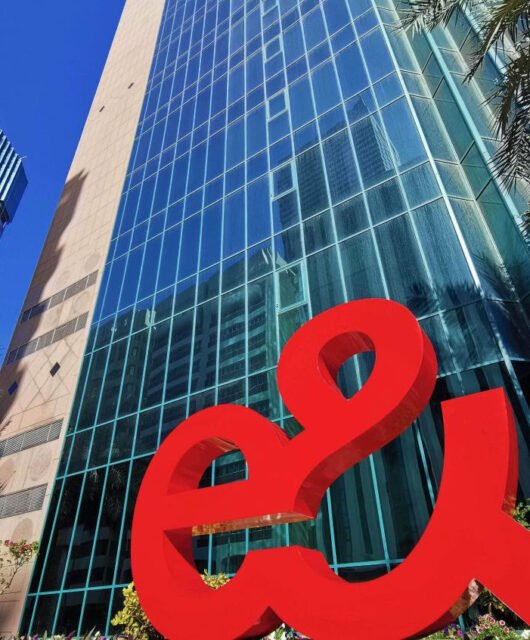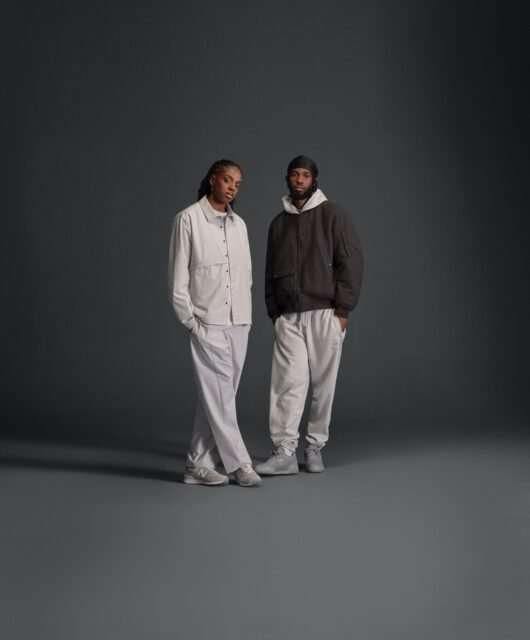Future Of Branding: Brand Partnerships
By Margaret Molloy, Global CMO of S+G
Out of the tragedy and chaos of 2020’s myriad crises, a new order is beginning to materialize. One of the most inspiring characteristics of this new order is the increasing number of new partnerships—some intuitive; others highly unexpected.
On Wednesday, September 23rd, I led a conversation with five global marketing leaders to explore brand building and brand partnerships in the COVID-19 era. We took an expansive view of partnerships to include marketing collaborations, alliances across product and service delivery in B2B and B2C ecosystems, and initiatives with public, non-profit or community organizations.
Our conversation touched on how the pandemic has reinforced the criticality of connection, the value of open and honest communication amongst partners and what happens when businesses and communities unite for a common goal.
In closing, I asked our panelists: What are the most important factors in successful brand partnerships, and what is your commitment to building successful partnerships for your brand? Here’s what they had to say.

One of the most critical factors in strong brand partnerships is building a foundation of trust. That comes from clear expectations on both ends, outlining mutual goals and being very upfront from the beginning on why we’re entering into this partnership, what each party brings to the table and how we can truly support each other. With that sense of trust comes excellent ideas and execution.
Conversely, I think we have all had partnerships where expectations and delivery were out of sync. But the more that we can put frameworks and touchpoints in place to ensure that we don’t get off track helps. And that goes back to consistent communication and building trust, because if we don’t realign, then the partnership goes off the rails.
It’s a big part of our brand strategy moving forward and has always been, whether it’s our partnerships with sports teams, relationships with other airlines or our alliance partners. As we’ve moved into COVID, it’s partnerships with innovators within the health and safety and sanitary space. So, partnerships are a huge commitment for Delta as a brand. My commitments are to build trust, bring a sense of clear visioning and deliver with top execution.
—Molly Battin, VP, Global Brand Marketing, Delta
Trust, communications and shared values are the most important things. It’s about having that open dialogue, making sure we have that mutual understanding, and frankly, building that team chemistry and dynamic. To build on where Molly was going, I don’t think it’s about one company being large and the other being small. They are still human beings in the room. So, that chemistry and that open dialogue are critically important.
We’re six months into this working from home. Whether we’re forging new partnerships or bringing on new team members, we take that extra time to have interactive conversations versus a one-way dialogue. We’re even experimenting with social events. Those are a few of the best practices we’re putting in place, and it’s been working. While we might be physically distant, it doesn’t mean that we have to be socially distant. It’s critical to keep that human touch. As much as I miss the physical connections with a team, when I do my checkpoints with my team or my partners, everyone still feels very connected and the technology is allowing them to do that.
I’ve seen partnerships be less than successful when there is a lack of openness and a misunderstanding of the goal. And sometimes, the goal shifts. But you’ve got to communicate that. It’s crucial for both teams to feel like they come away with a successful partnership. If it’s not a win-win, or one of the entities doesn’t think that they have an equal voice, then it will not be a successful activation. And that’s important to remember.
My commitment is being open to new partnerships. Both the team and my partners are continually bringing in new ideas, and we will conduct speed-round conversations to see if something is appealing. But we have to be very focused. We know our business goals, so we’ll be pretty clear articulating what those goals are when we talk to new partners. I’ve spent much of my time pitching partnerships. When you keep pitching something, and someone’s not listening to you, you have to have respect for the time. And if it’s something you’re not interested in being able to communicate that early and appropriately.
—Sarita Rao, SVP, Marketing, AT&T Business
It’s important to reflect on the relationship we’ve historically had with our customers because that’s a partnership in its own right. Their success is our success, and we mean that literally. I think it’s essential to make sure when someone’s down, not to take advantage of their situation because they’ll remember.
I remember recently when one of those partners was about to shut down because they couldn’t deliver on their promise due to the pandemic. We said, “Whatever you do, we’re standing by you.” And until today, the relationship that I’ve formed with them is priceless because we committed to standing by our partner. To me, that’s a genuine partnership.
My commitment is to keep an open mind. When I get that email that I would usually delete, I’m going to take a look at it; maybe there’s an opportunity for us to engage with someone. Perhaps it’s a sales pitch, but maybe, there’s an opportunity for a partnership somewhere.
—Khaled Ismail, VP, Communications, Europe, Central Asia, Middle East & Africa, Tetra Pak
For a partnership to succeed, it’s tremendously important to align on the goals—whether they’re strategic or financial–and ensure that you’re always delivering value. The give-gets on both sides have to bring value to the partners and the customer. From a B2B perspective, when we partner with organizations, we’re always asking, how will this bring value to our customers? How will it help them scale their business? How will it help them have more security? How will it help them provide more collaboration in their organizations? Especially during COVID, how do we make sure that we’re bringing value to our customers so that they can continue to do their business and meet their goals? With our current partnership with Google, we’re very aligned and bring that value.
A lot of our customers are also becoming our partners from a technology perspective. Again, we have give-gets that we’ve already made from a services perspective. How can we align on that trust and the reliability that we’ve already built together to go to market together as a partner? Through these new partnerships, we’re taking a different lens of not only are you our customer but now you are becoming our partner. So how can we set those expectations properly so that we’re meeting the goals and bringing value to our mutual customers and the community?
In terms of commitment, it’s about being open, allowing those ideas to come in and allowing those conversations to happen. It’s been key to our growth and driving brand awareness globally. For smaller companies like SADA, the connections we’re making in the ecosystem are pivotal to our long-term goals. Whether we’re the small fish dealing with the big fish or vice versa, it’s imperative to have mutual respect for each other’s goals, aligning on those gives-gets and regularly checking if this partnership continues to meet our mutual goals. If not, do we need to realign our goals? If you don’t have regular check-ins, you risk drifting from each other and allowing the ball to drop. Continuous communication is essential.
—Narine Galstian, CMO, SADA
First and foremost, and I think this is related to my commitment to partnerships, we need to build partnerships that keep in mind our customers’ ever-changing needs—and keeping them front and center. Over these last six months I told my team that we need to be more brand-out and community-in to understand our customers’ needs. And we have to be willing to evolve the partnership if those needs change. So, by building in that flexibility on day one of the partnership, we can be as nimble as possible. My commitment is always being customer-first and making sure we’re addressing their needs. We know we have the right partnership fit when it aligns with what those needs are. And what I’ve seen historically from our partnerships is the growth in performance has come alongside that.
—Jess Burns, VP, Brand Marketing & Creative, Grubhub
This is a biweekly series for brand-side senior marketers. To request an invitation, visit events.siegelgale.com





